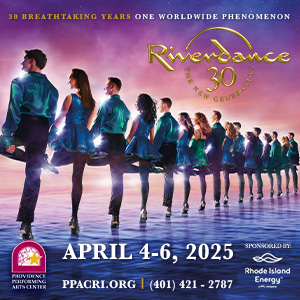Who knew that the valley of the shadow of death was a ball pit?

Escape is a “world premiere movement piece” (there are no words) with five actors centered on an enclosing ball pit that is white with white balls, suggesting the cushioning of a casket, all surrounded by black. As original music by Stephen DeCataldo is heard, “The Twin Brother” (Justin Fortin) is lying down in the pit wearing a suit and tie as if dead and prepared for viewing. “The Twin Sister” (Natasha Cole), overcome with grief, climbs into the pit and joins him, reviving him if only in her imagination to collaborate in a dance each mostly mirroring the movements of the other. Over about 1h20m, they are joined by “The Mother” (Patricia Hawkridge), “The Partner” (Erika Rethorn) and “The Therapist” (Siobhan LaPorte-Cauley) in a series of physical exchanges of constant grasping and pulling in a tense tug of war to keep the Twin Sister from being dragged away from the world of life and joy into the world of death and grief – which, of course, explains the title “Escape.”
Credited as “conceived and directed by Kira Hawkridge,” the work is also credited to the entire company: “devised by Out Loud Theatre Ensemble.” I was told that it was developed over about a six-month period. There are a variety of subtle stylistic cues that suggest the differing personal perspectives of the characters and therefore, the actors.
It is impossible to fairly describe a movement piece that must be seen in person to be appreciated. The surprisingly clear narrative structure to this wordless experience ties it definitively to the traditions of theater rather than dance, consistent with Out Loud’s reputation and track record as among the most experimental of the avant-garde in Rhode Island. Subjectively, I found it immersive, plunging into the depths before emerging again, more the katabasis-anabasis of classical Greek myth than the five stages of grief. Seen as the journey of the Twin Sister, the piece does have a distinctive succession of stages, but they are far too abstracted to be easily identified with any particular set of pigeonholes, and are distinguished primarily by which different characters are engaged in each of the couplings.
At nearly an hour and a half, however, there is a degree of repetitiveness that can be exhausting, although perhaps that, too, is an essential part of the artistic intention. There are few examples of the funerary experience translated to other media: the most effective example that comes to mind, for me, is the Vietnam Veterans Memorial in Washington, commonly known as “The Wall,” where the visitor walks down a deceptively gentle slope into what turns into an abyss with massive 10-foot tall stone tablets, well above the height of a person, and then walks back up at the same slow slope before returning to ground level; yet, in that purely architectural evocation, the visitor is the traveler on the journey of katabasis-anabasis. At an actual funeral, the feeling of grief is necessarily both personal and communal as one both feels it internally and sees it in others; it may not be possible to replicate that theatrically, but Escape comes close. Several audience members were visibly moved to tears as they exited at the end, so the effectiveness of the performance is undeniable.
Escape (a world premiere movement piece), by Out Loud Theatre Ensemble, 134 Mathewson Street Flr 4, PVD. Through Jun 13. Web: outloudtheatre.org/escape.html Tickets: eventbrite.com/e/out-loud-theatre-presents-escape-tickets-45722923495 Facebook: facebook.com/events/140629850116439


